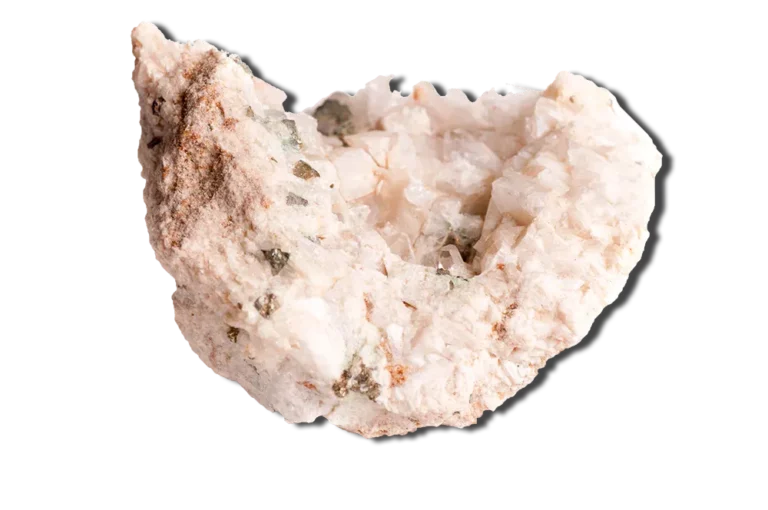Pyrope Garnet: Properties, Benefits & Meanings

Pyrope Garnet Overview
Pyrope is the most recognizable gemstone form of Garnet, a collective name for many similar minerals that are important gems. Pyrope is dark red and attractive, making it a high-quality constituent of the Garnet family. In the gem trade, it is rarely called just “Pyrope” and instead referred to as either “Garnet” or “Pyrope Garnet.”
Pyrope Garnet is one of the six main varieties of Garnet. Other five are Almandine, Spessartine, Grossular, Andradite and Uvarovite. They are found in shades of red, from deep blood red to lighter pinkish hues.
In this article, we will explore the properties, benefits, and meanings of Pyrope Garnet in more detail so that you can better understand this fascinating gemstone and appreciate its beauty and power.
What Is Pyrope Garnet?
Pyrope Garnet is a variety of Garnet, a family of silicate minerals known for their stunning beauty and rich, deep coloration. It has a deep, fiery red color. It is often used in jewelry due to its exceptional brilliance and luster. It is one of the most common garnets in jewelry and is valued for its rarity, beauty, and spiritual properties.
In addition to their visual appeal, these Garnets are believed to have many spiritual and metaphysical properties. They are considered powerful stones of protection, love, and healing and are often used in meditation and spiritual practices.
It is found worldwide, including in the United States, India, Russia, and Tanzania.
How is Pyrope Garnet Formed?
The Garnet is formed in high-pressure, high-temperature environments deep within the Earth’s mantle. It is formed due to a combination of factors, including high temperatures, extreme pressure, and specific chemical elements such as aluminum, calcium, and iron. These conditions cause the Garnet to crystallize and grow over time.
It is typically found in metamorphic rocks, such as schist and gneiss, subjected to intense heat and pressure over long periods. However, it can also be found in volcanic rocks, such as kimberlite, formed from magma that rises deep within the Earth’s mantle. In some cases, Pyrope Garnet is found in alluvial deposits, where it has been eroded from its original location and deposited by water or wind.
The process of forming can take millions of years. It is a slow and complex process involving many different factors.
Physical Properties
| Mineral Group | Garnet |
| Formula | Mg3Al2(SiO4)3 |
| Chemical Name: | Magnesium Aluminum Silicate |
| Color | Deep red, sometimes with hints of purple or brown |
| Hardness (Mohs scale) | 6.5 to 7.5 |
| Refractive Index | 1.72 to 1.83 |
| Fracture | Conchoidal to uneven |
| Luster | Vitreous to subadamantine |
| Specific Gravity | 3.58 to 3.69 |
| Transparency | Transparent to translucent |
Etymology
Pyrope comes from the Greek word “pyropes,” which means “fiery-eyed.” This name was given to the gemstone due to its deep red color and sparkling appearance, which was thought to resemble the glowing embers of a fire.
The term “garnet” is derived from the Latin word “granatum,” which means “pomegranate,” as the red color and shape of some garnet crystals resemble the seeds of a pomegranate fruit. Garnets have been known and valued for thousands of years, and their name has evolved.
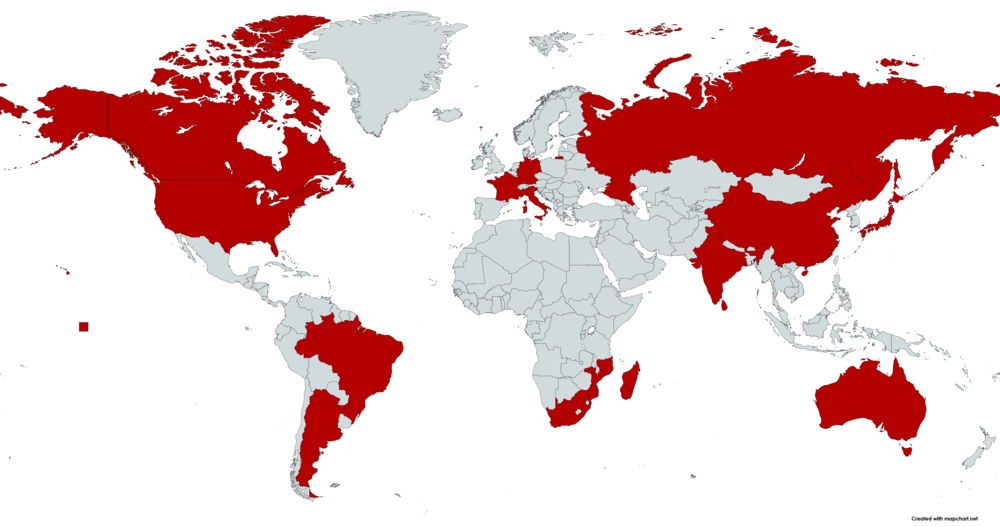
Where is Pyrope Garnet Found?
Pyrope Garnet is found in a variety of locations around the world, including:
- Argentina
- Australia
- Brazil
- Canada
- China
- Colombia
- France
- Germany
- India
- Italy
- Japan
- Madagascar
- Namibia
- Norway
- Russia
- South Africa
- United States [Arizona, Colorado, Montana, New Mexico, and Wyoming]
- Sri Lanka
- Mozambique
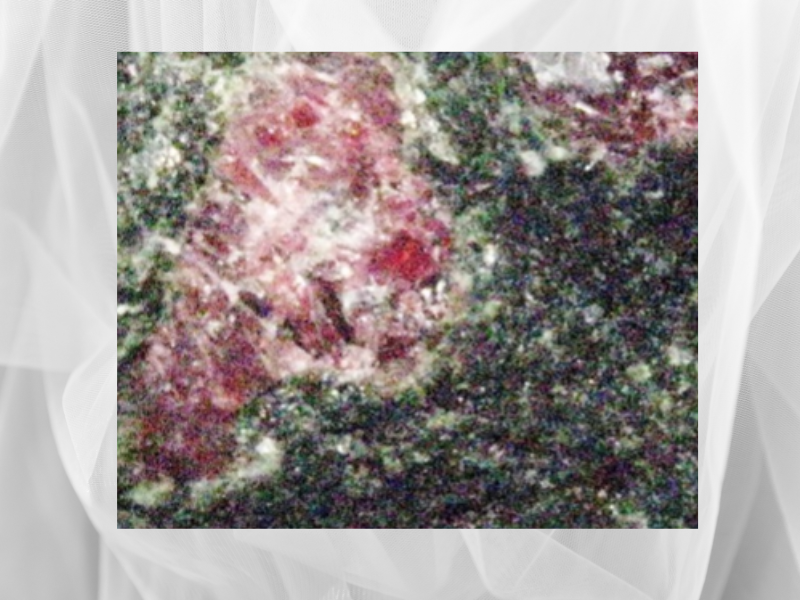
Pyrope Garnet Appearance
Pyrope Garnet has a deep, fiery red color, sometimes called “pigeon’s blood” red. It can also have a purplish or brownish hue, depending on the impurities present in the crystal. The gemstone is typically transparent to translucent, with a vitreous to sub-adamantine luster.
The crystals are generally small, ranging from a few millimeters to a few centimeters. They are typically well-formed and exhibit a range of crystal shapes, including dodecahedrons, trapezohedrons, and rhombic dodecahedrons. The crystal faces are usually smooth and have a high degree of reflectivity.
It is often used in jewelry due to its beautiful color and exceptional brilliance. It is typically faceted in various shapes, including round, oval, cushion, and emerald-cut. In addition, the gemstone is sometimes cut en cabochon, highlighting its rich color and inner glow.
Varieties of Pyrope Garnet
While Pyrope Garnet is primarily known for its deep red color, there are also several varieties of gemstones. Here are some types:
- Malaya Garnet: Malaya Garnet is a rare variety with various colors, including orange, pink, and yellow. It is typically found in Tanzania and is highly valued for its unique coloration and exceptional brilliance.
- Rhodolite Garnet: Rhodolite Garnet is a type that exhibits a pinkish-red to purplish-red color. It is typically found in East Africa and is highly valued for its intense color and transparency.
- Colorado Garnet: Colorado Garnet is another variety found in Colorado in the United States. It exhibits a deep red color and is highly valued for its rarity and unique origins.
- Bohemian Garnet: Bohemian Garnet is found in the Czech Republic. It exhibits a deep red color and is highly valued for its rich history and cultural significance.
Each variety of these garnets is unique and highly prized by gemstone lovers and collectors.
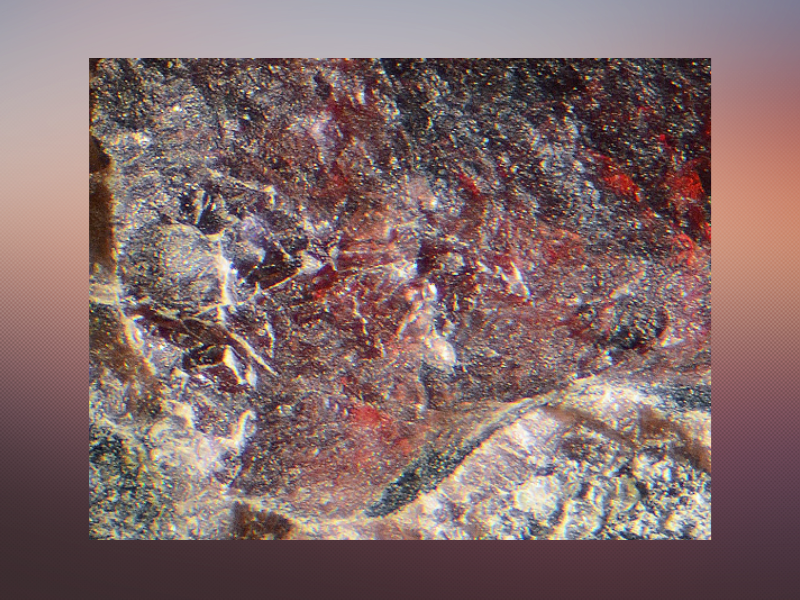
Pyrope Garnet Value and Price
The value of Pyrope Garnet depends on several factors, including its color, clarity, carat weight, and cut. Here is a breakdown of each element and how they affect the value:
- Color: The most important factor in determining the value is its color. The most valuable pyrope exhibits a deep, intense red color often called “pigeon’s blood” red. Garnets with a lighter shade or a brownish or purplish hue are typically less valuable.
- Clarity: Clarity is also an important factor in determining its value. Garnets free of visible inclusions or blemishes are considered higher quality and more valuable.
- Carat Weight: Like other gemstones, the value increases with carat weight. However, larger stones are also rarer and more difficult to find, affecting their value.
- Cut: The cut also plays a role in determining its value. Stones that are well-cut and exhibit a high degree of brilliance and sparkle are typically more valuable than stones that are poorly cut or show a dull appearance.
High-quality pyrope stones can range in price from a few hundred dollars per carat to several thousand dollars per carat, depending on the abovementioned factors. However, it’s important to note that the value, like other gemstones, is also influenced by market demand, availability, and other factors.
How Can You Tell if Pyrope Garnet Is Real?
Several tests can be done to verify the authenticity of Pyrope Garnet:
- Color: One of the easiest ways to tell if a sample is real is to examine its color. Real stones exhibit a deep, intense red color that is difficult to imitate. If the stone appears too bright or has a brownish or purplish hue, it may not be genuine.
- Refractive index: The Garnet has a high refractive index, meaning light will bend as it enters and exits the stone. You can use a refractometer to measure the refractive index of a piece and compare it to the expected value of the gemstone.
- Magnification: The Garnet often exhibits small inclusions or other imperfections that can be seen under magnification. Seeing these imperfections with a jeweler’s loupe or microscope is a good sign that the stone is real.
- Density: It has a high specific gravity, denser than many other gemstones. You can use a density meter or hydrostatic balance to measure the density and compare it to the expected value.
- Thermal conductivity: The stone has high thermal conductivity, which will rapidly conduct heat. You can use a thermal conductivity meter to measure the thermal conductivity and compare it to the expected value.
It’s important to note that some of these tests may require specialized equipment or expertise, so it’s always good to have a professional gemologist or jeweler verify the authenticity.
These tests are not foolproof, and some synthetic and imitation samples can mimic the results of these tests. The best way to ensure that you are purchasing a genuine piece is to buy from a reputable source and to have the stone evaluated by a professional gemologist.
What Does Pyrope Garnet Symbolize?
Pyrope Garnet has been associated with several symbolic meanings throughout history, including:
- Passion and Energy: It is often associated with power, energy, and vitality. It is believed to inspire love, romance, and intense emotions.
- Courage and Strength: The gem is also associated with courage and strength. It is believed to help the wearer overcome fears, take action, and persevere through difficult times.
- Prosperity and Abundance: The stone has been associated with wealth, prosperity, and abundance. It is believed to help the wearer attract success and good fortune in all aspects of life.
- Protection and Healing: The gemstone is also believed to have protective and healing properties. It protects the wearer from negative energies and promotes physical and emotional well-being.
Pyrope Garnet is a powerful gemstone associated with passion, energy, courage, prosperity, protection, and healing.
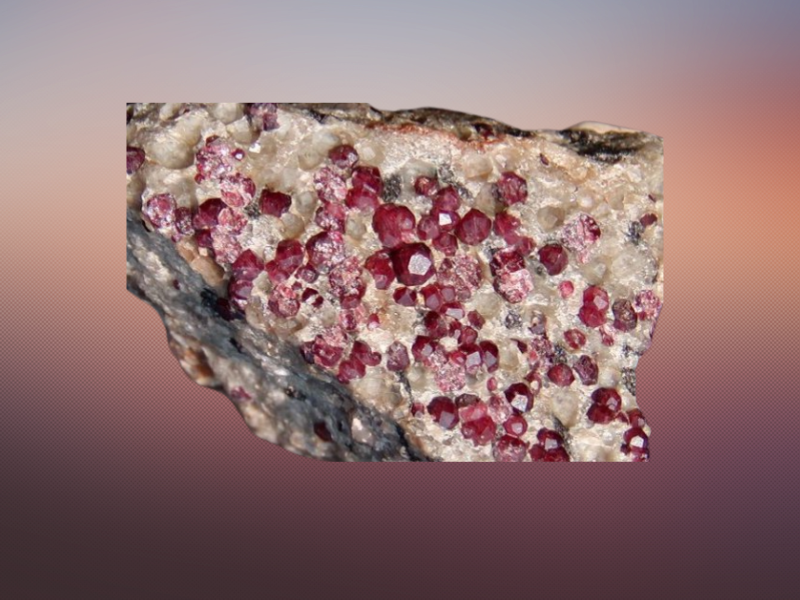
Uses of Pyrope Garnet
Pyrope Garnet has been used in many different ways throughout history, including:
- Jewelry: It is a popular gemstone for use in jewelry. It is commonly used in rings, necklaces, bracelets, and earrings. Its deep red color and high luster make it a beautiful and striking gemstone for any piece of jewelry.
- Meditation and spiritual practices: The Garnet is also used in meditation and spiritual practices. It is believed to help the wearer connect with their inner self and achieve greater peace and balance.
- Decorative objects: It has been used in decorative objects throughout history. It has been used to adorn crowns, scepters, and other things of royalty and power.
- Industrial uses: The stone has also been used in industrial applications. Its hardness and durability are useful for abrasive blasting, waterjet cutting, and other industrial processes.
- Birthstone: It is the birthstone for January and is often given as a gift to those born that month.
Pyrope Garnet has many uses, both practical and spiritual. Whether used in jewelry, meditation, or industry, it is a versatile and valuable gemstone.
Is Pyrope Garnet a birthstone?
Pyrope Garnet is one of the birthstones for January. It is commonly used as a gemstone in January birthstone jewelry, such as rings, necklaces, and bracelets. Some believe it brings good luck, prosperity, and protection to those born in January.
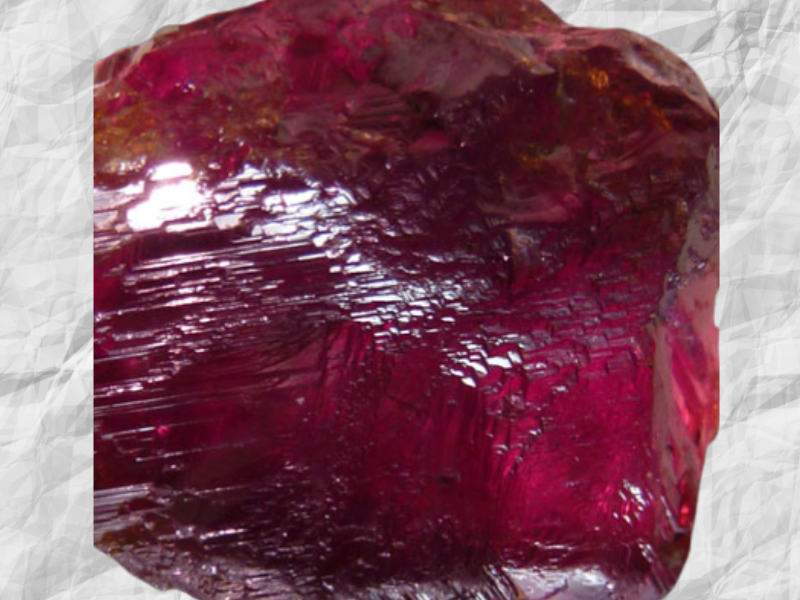
How To Take Care Of Pyrope Garnet Jewelry?
Pyrope Garnet is a beautiful and valuable gemstone that requires proper care and maintenance to keep it looking its best. Here are a few useful tips to take care of your jewelry:
- Avoid exposure to heat and sunlight: It is sensitive to heat and can fade or discolor if exposed to high temperatures or direct sunlight for extended periods. Avoid leaving your jewelry in direct sunlight or near heat sources.
- Store in a safe place: Store your jewelry in a cool, dry, and safe place. Avoid storing it with other jewelry or items that may scratch or damage the gemstone.
- Clean carefully: Use a soft, damp cloth and mild soap to clean your jewelry. Avoid harsh chemicals or abrasive cleaners that may damage the gemstone or setting. You can also use a soft bristle brush to clean the gem gently.
- Handle with care: The Garnet is a relatively hard gemstone that can still be scratched or damaged by hard or sharp objects. Be careful when handling your jewelry, and avoid wearing it during physical activities or household chores.
- Regular maintenance: Have your jewelry inspected and cleaned by a professional jeweler regularly to ensure it is in good condition and prevent any damage or problems.
Following these tips ensures your jewelry stays beautiful and in good condition.
FAQ
Is Pyrope Garnet a rare gemstone?
Pyrope Garnet is not as rare as some other gemstones, but it is still considered a valuable and prized gemstone.
Can Pyrope Garnet be used in engagement rings?
Pyrope Garnet can be used in engagement rings, especially for those who want a unique and colorful alternative to traditional diamond rings.
Can Pyrope Garnet be used for healing purposes?
Some believe Pyrope Garnet has healing properties and is used in alternative medicine practices. Its meanings and associations depend on cultural and personal beliefs and facts, not scientific ones.
Is Pyrope Garnet durable enough for everyday wear?
Pyrope Garnet is a relatively hard gemstone with a 7-7.5 on the Mohs scale, making it durable enough for everyday wear. However, properly caring for your jewelry is still important to prevent damage.
How is Pyrope Garnet priced?
Pyrope Garnet is priced based on color, clarity, carat weight, and cut. Typically, the deeper and more vibrant the red color, the more valuable the gemstone.







